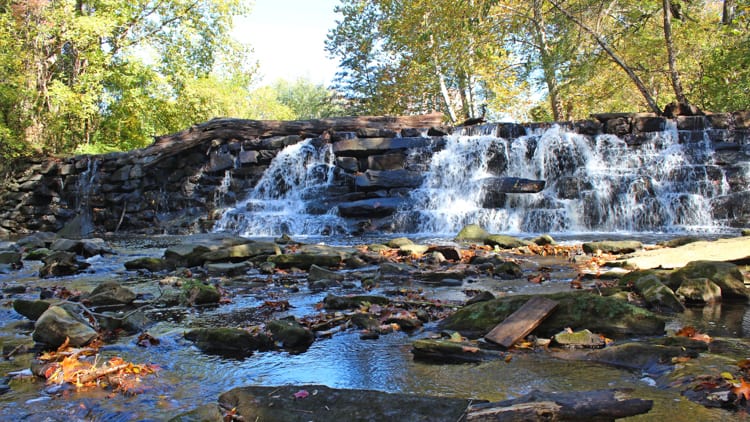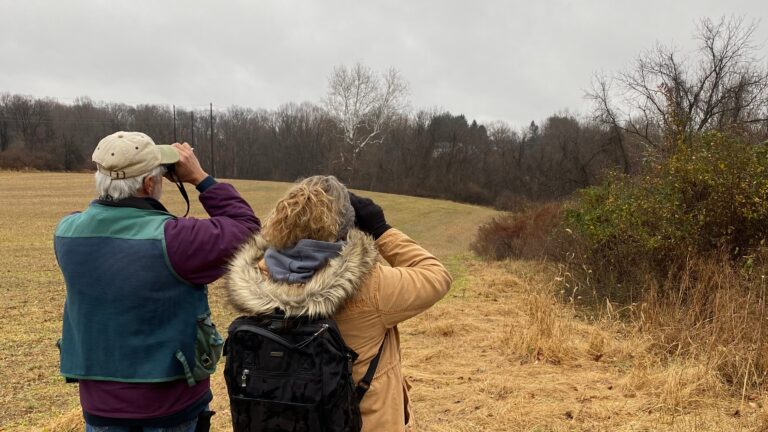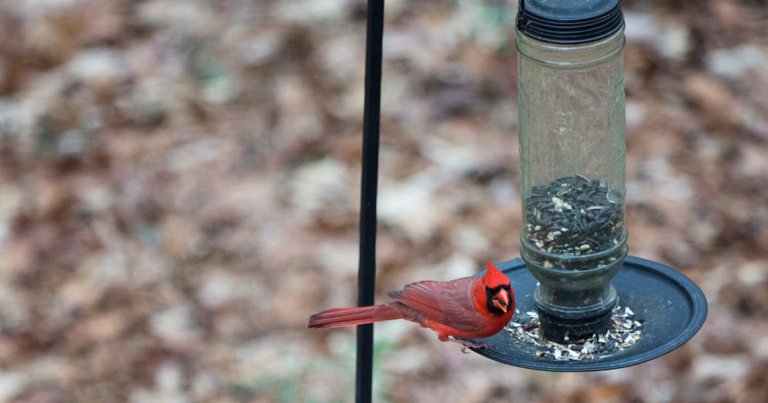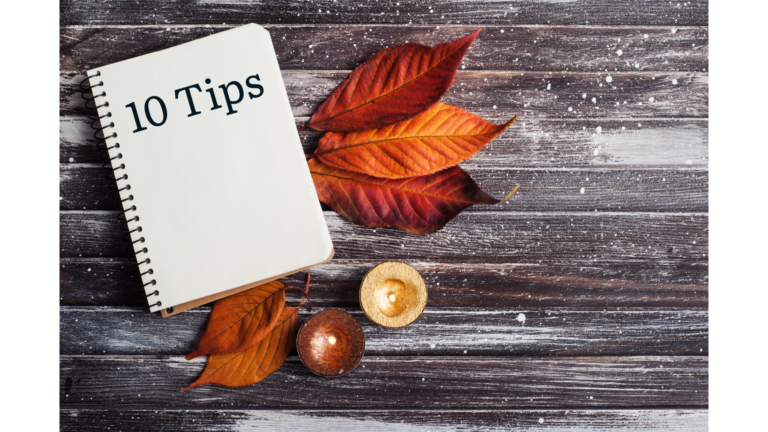Top 10 Creative Ways to Experience a Natural History Museum
Looking to go to a natural history museum and need some creative ideas to get your kids more motivated to join you? Here are my top 10 creative ways to get them excited and learning about natural history.
1. Use Your Feet as a Measuring Stick
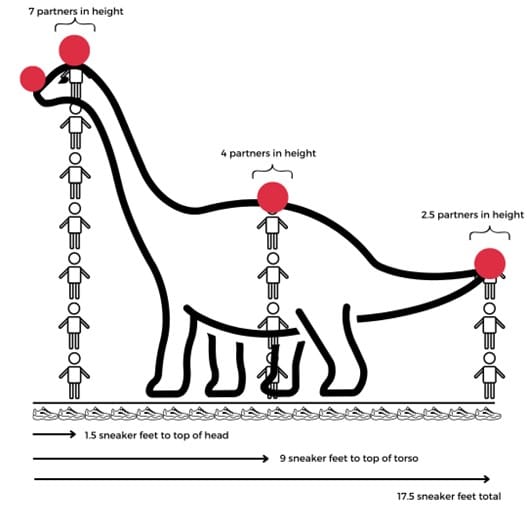
You will see some large animals at a natural history museum. So why not try figuring out how big they are? Rather than having to bring a ruler, have your child use their feet! For example, if you see a large dinosaur, have them put their feet end-over-end to calculate its length in “feet”. Or stack up how many friends it would take to reach its height. In our “Dinosaurs: Natural History Museum Activity”, your kids can learn how to sketch, measure, calculate, and graph a dinosaur to actual scale using this technique!
2. Sketch a Bird in Color
Kids love to sketch so why not bring a few crayons, colored pencils, and white paper along? Better yet, have them sketch in their nature journals! This helps them to slow down and observe something more closely, but in a fun way. Birds are an especially good subject because they are often very colorful. So find a bench or cozy corner and let your artists create! Check out our blog, “Observe Nature in February: Do the Great Backyard Bird Count!”, for inspiration.
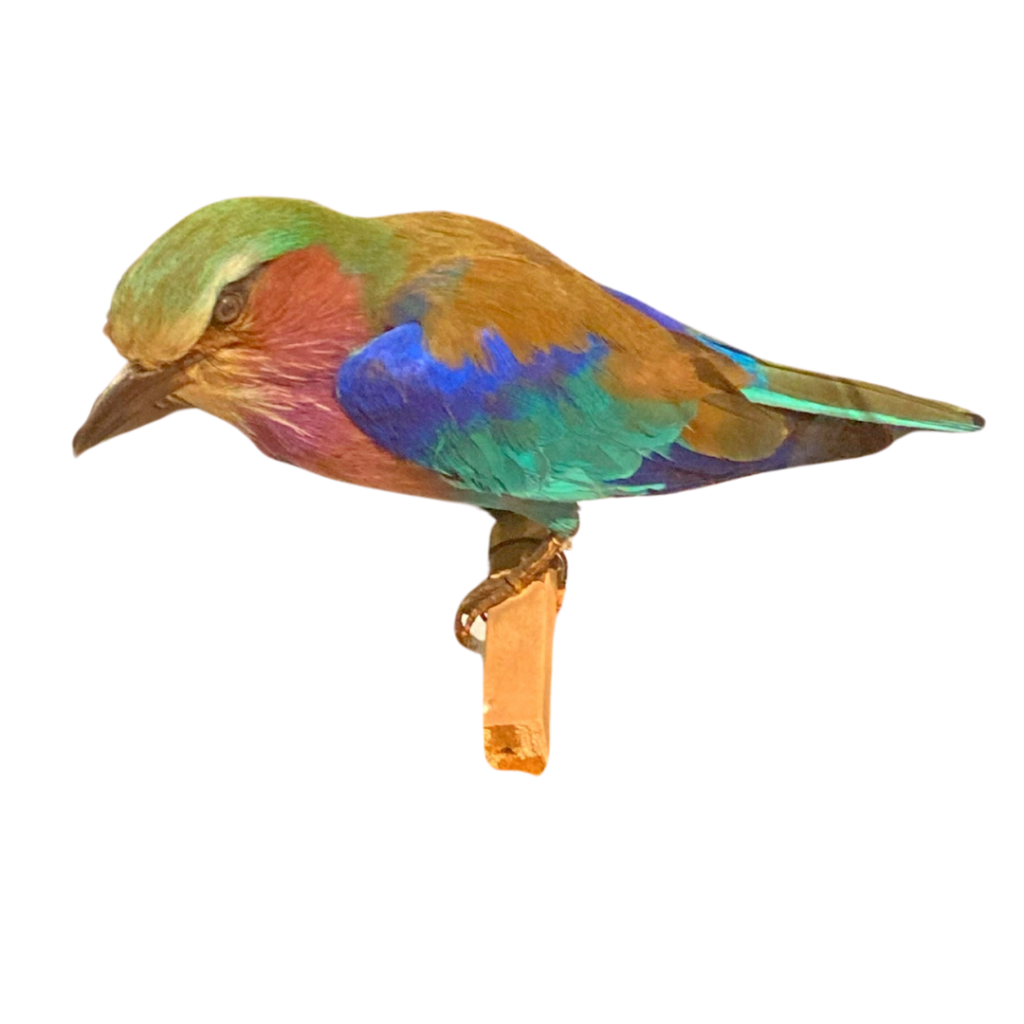
3. Do a Rubbing
While on the subject of crayons and paper, have your learners be on the lookout for an object where they can do a rubbing. Museums often have hands-on areas with fossil molds, shells, etc. that would be ideal for this task. Doing a rubbing allows a younger learner to practice their motor skills and don’t you find it a bit magical to see what turns out when you do one?
4. Bring a Magnifying Lens
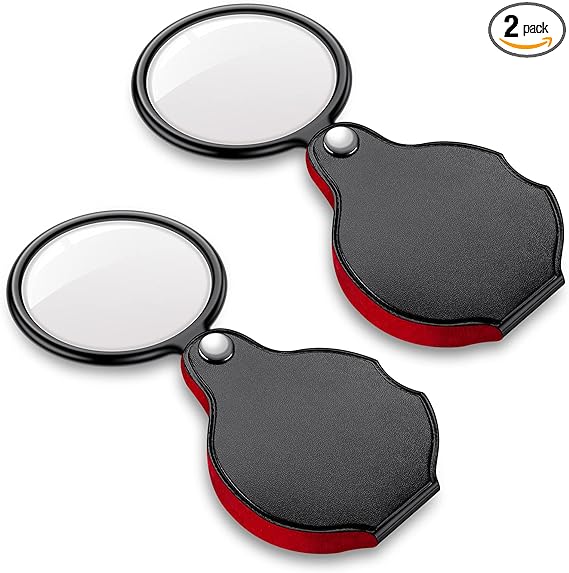
Have your youth bring along a lightweight, foldable magnifying lens like these super cheap ones from amazon. They can stick it in their back pocket and just pull it out when they want. Some specimens, like a geode or fossil, lend themselves to wanting to take a closer look. Magnifying lenses are especially great when you have a display that is anchored to the ground so you can’t pick it up or you aren’t allowed to touch something.
5. Make a Scavenger Hunt for Younger Siblings
Everybody loves a scavenger hunt! Help get your kids moving around to different parts of the museum by searching for items that match clues. Have an older sibling get a little ahead of the group to write down their clues and then they can come back to the others and let the hunt begin!
6. Play the Natural History Alphabet Game
Younger learners will appreciate an opportunity to practice their A, B, C’s. If they know a letter stands for something, like “M” stands for moose, they can just point at it. Or perhaps they need practice reading labels on the displays. For an older child, maybe they have ideas ahead of time of something that would start with different letters and then go and find it. It’s an easy way to keep everyone self-directed for a good length of time.
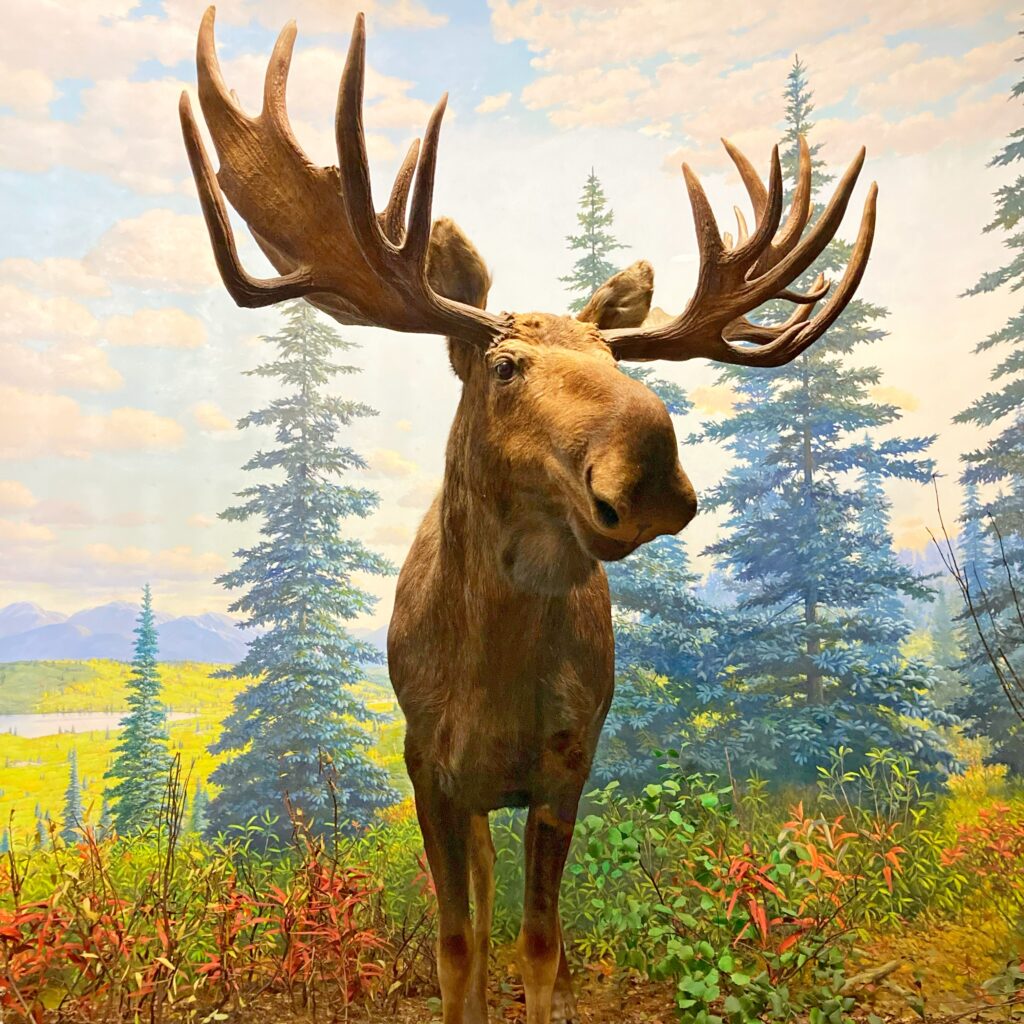
7. Take an Animal Selfie
I bet you have at least a few kids who like to be in front of a camera. So why not challenge them to find their favorite animal and take a selfie with it? Challenge them to match the animal’s posture or expression and I’m sure you’ll get some good photos out of it.
8. Play Twenty Questions
Go to a specific exhibit and then let the game begin. Let each child go and find a mystery object or display that they like. Then have the others (including possibly you) ask questions about it where they answer only “Yes” or “No”. Then let the other kids start looking around the room to narrow down the possibilities. It’ll allow each kid to feel like thy are the “director” when it is their mystery object/display.
9. Mimic the Movement
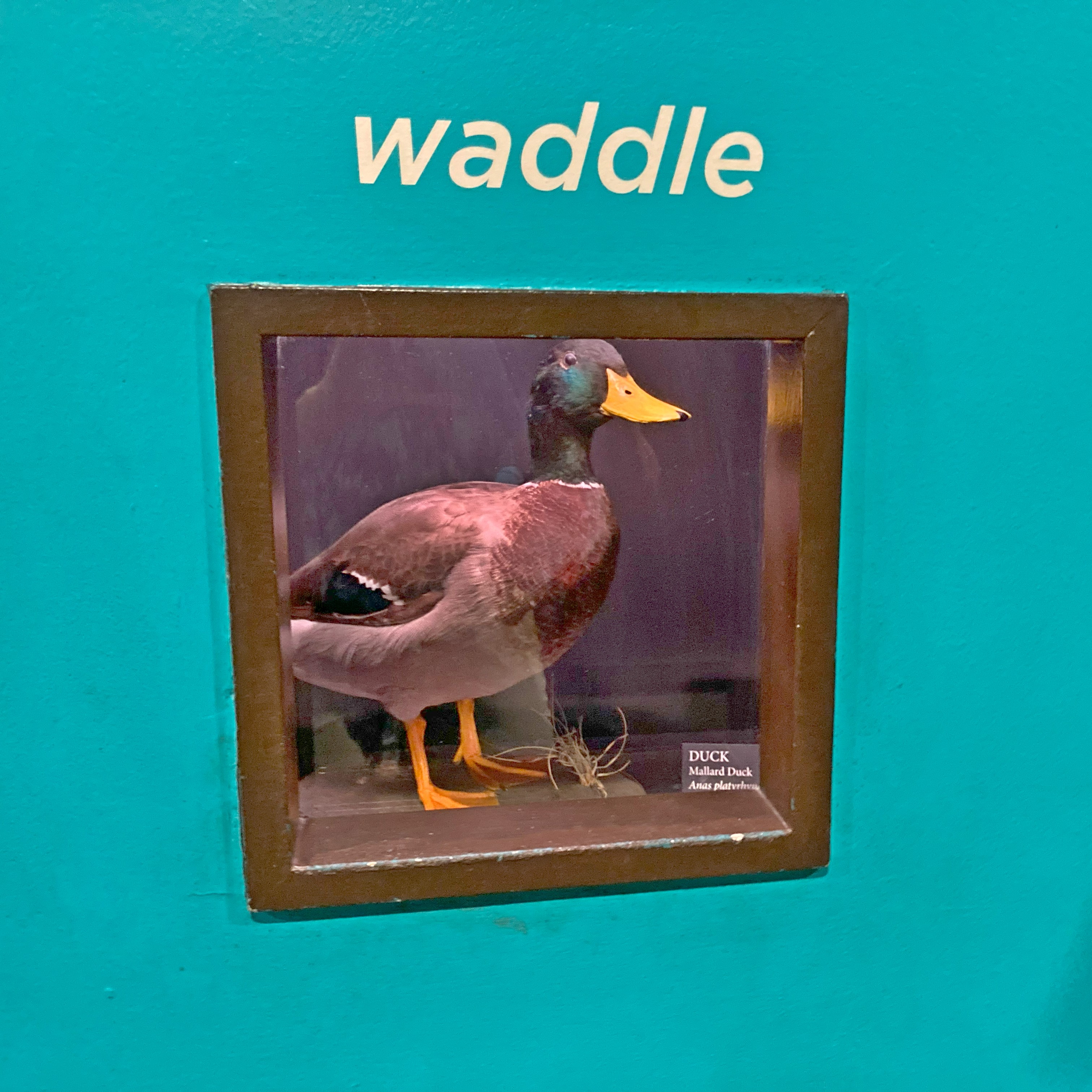
For your theatrical kids, you could do this in two ways. One would be to give them a movement descriptor and have them find an animal that matches it. Examples might include: swimming, waddling, slithering, fluttering, scurrying, stomping, or flying. Or they could find an animal and try to act out its motion. Swimming like a fish, waddling like a duck, or fluttering like a butterfly. They will enjoy getting the wiggles out.
10. Write a Poem
Do you have a child that likes to use their imagination? Likes to share out loud or write? Have them sit in front of a diorama or walk through a display of an environment, like a rainforest or Arctic tundra. Then encourage them to imagine themselves in that location. Ask them, “what do you hear, smell, taste, or feel? Then have them capture those thoughts by either sharing with you out loud or writing them in a nature journal. Then they can write a short poem about it, even at home.
So those are my top ten creative ways to experience a natural history museum. Why not give one or two of them a try! Happy field tripping!
🌿 Would you like to do an even deeper dive into quality educational lessons you can use at a natural history museum? Love to take nature-based field trips with your homeschoolers? Then consider joining The Field Trip Academy’s Science Membership. This month’s focus is on going to a Natural History Museum! Perfect for families, even tweens and teens, and only $19 a month.
💡Learn more about the membership and to sign up here.
📖We also offer a stand-alone 50-page guide to Natural History Museums, packed with lessons and activities, for only $19 here.



